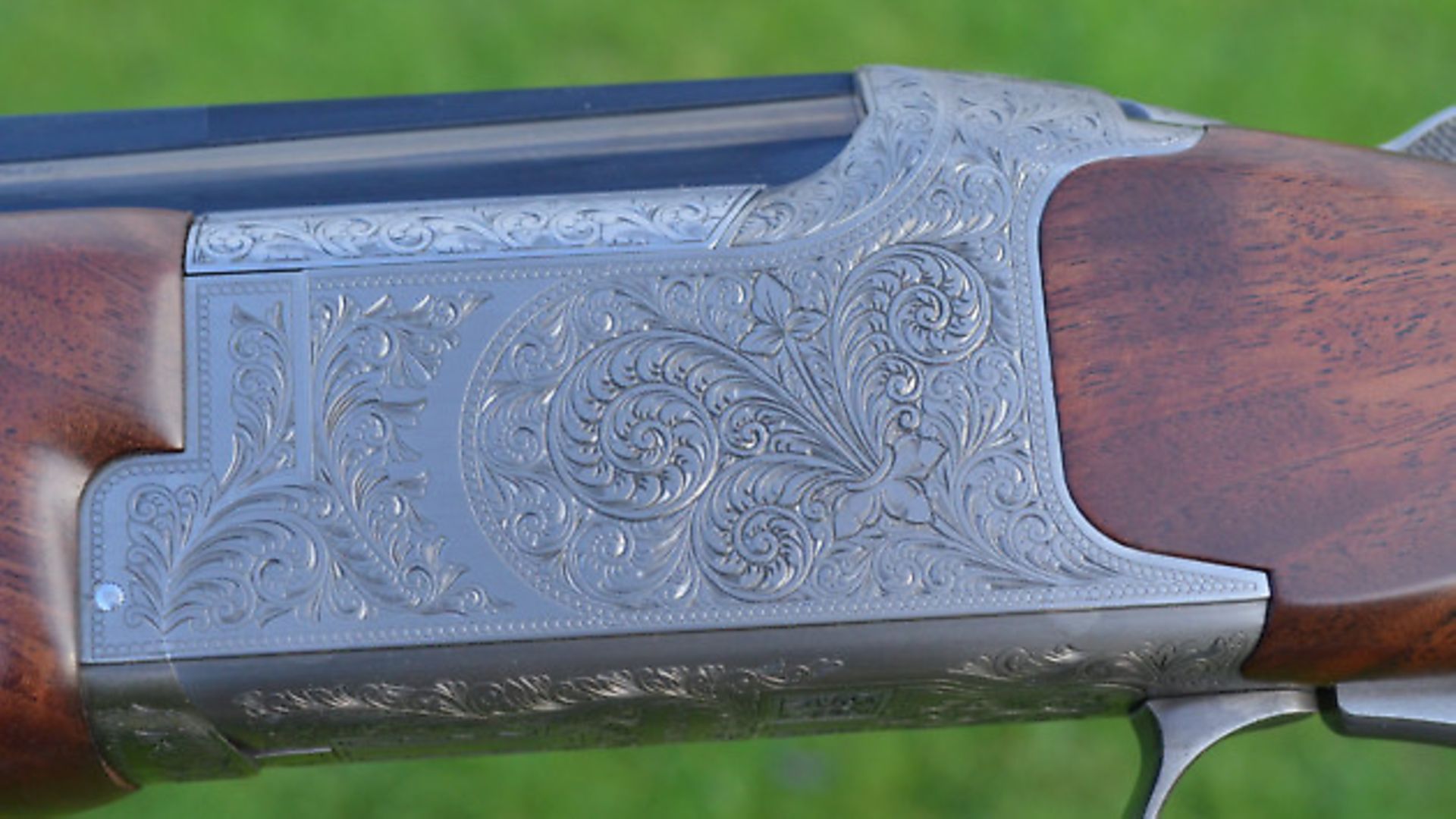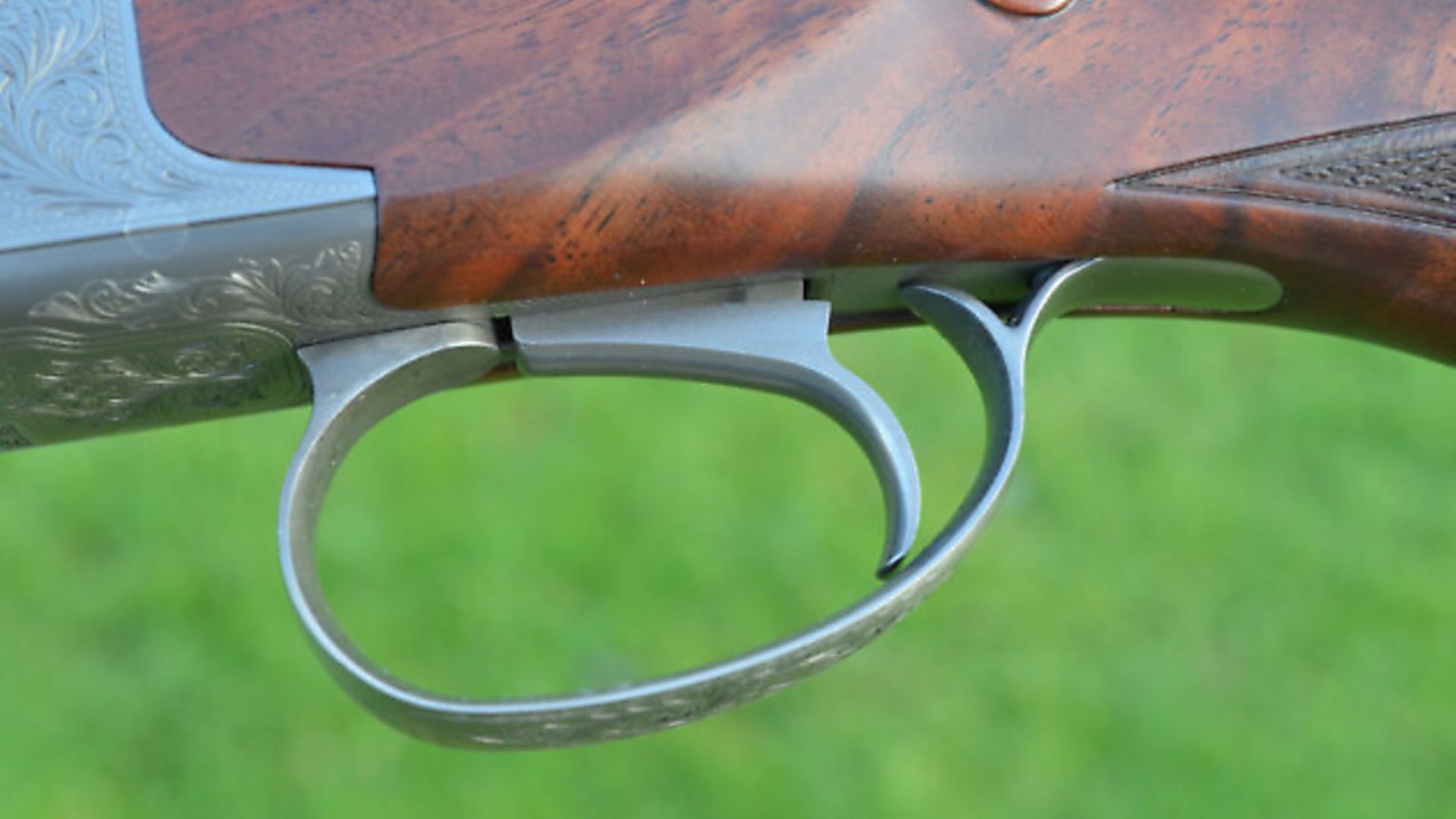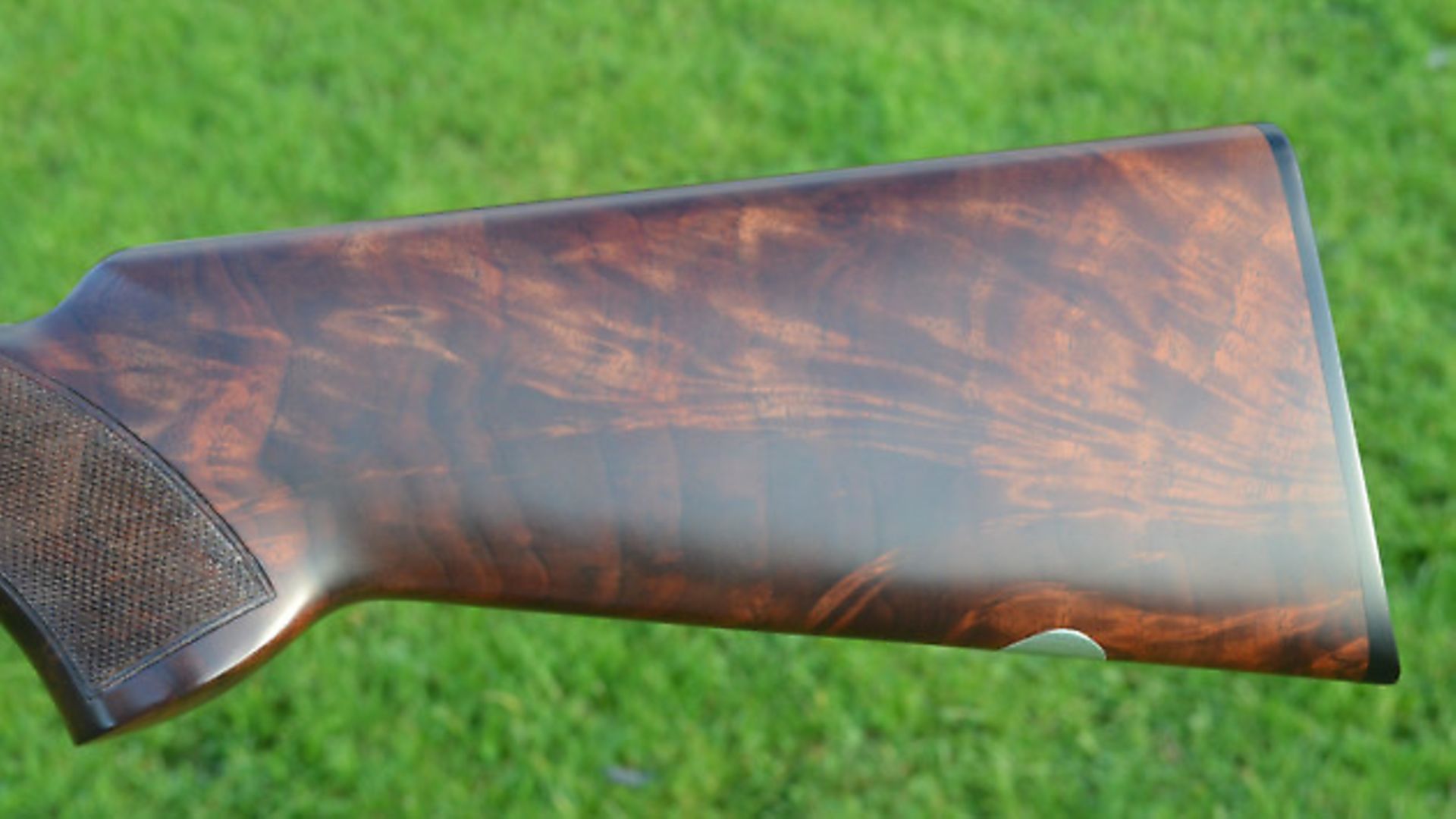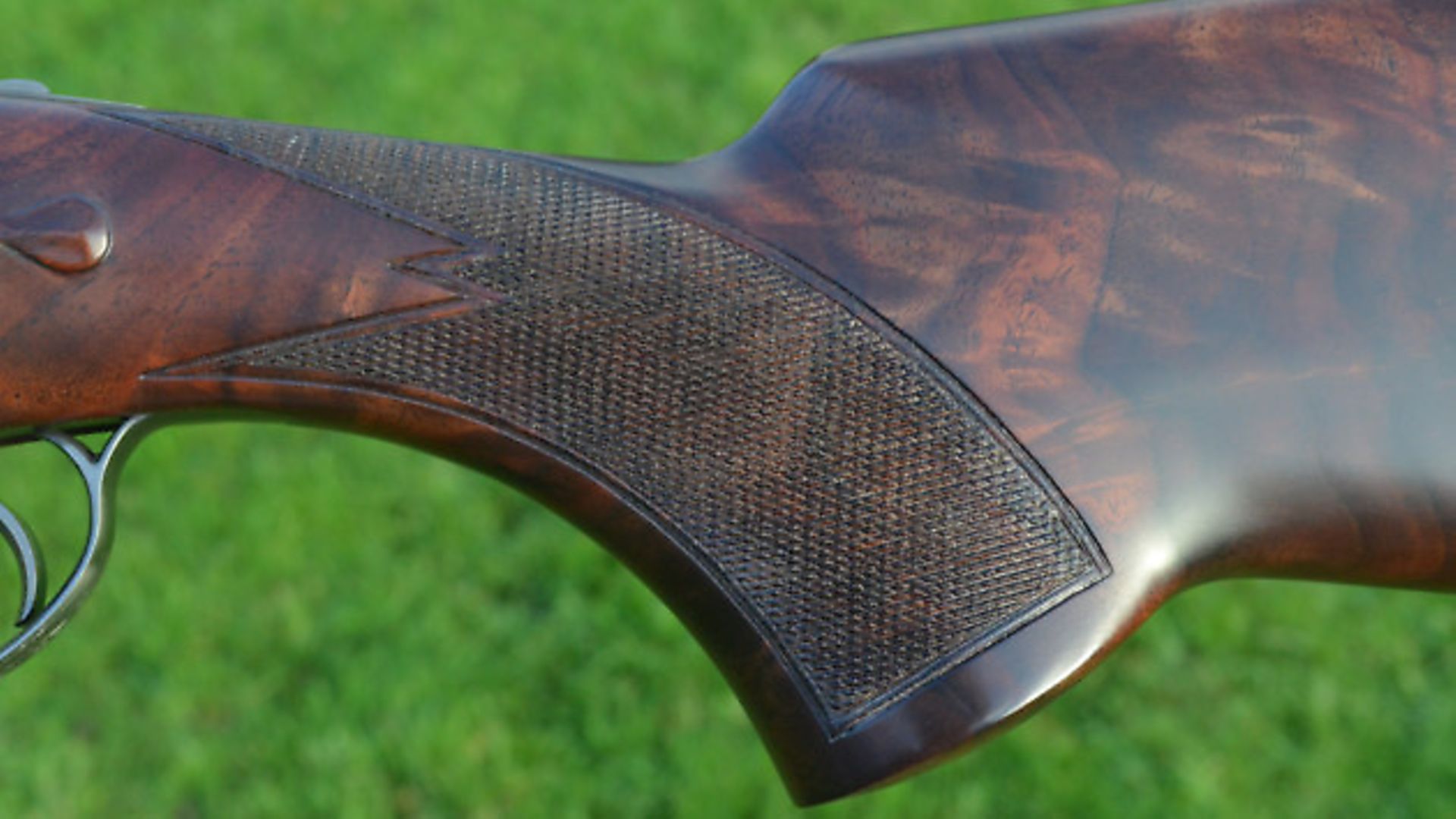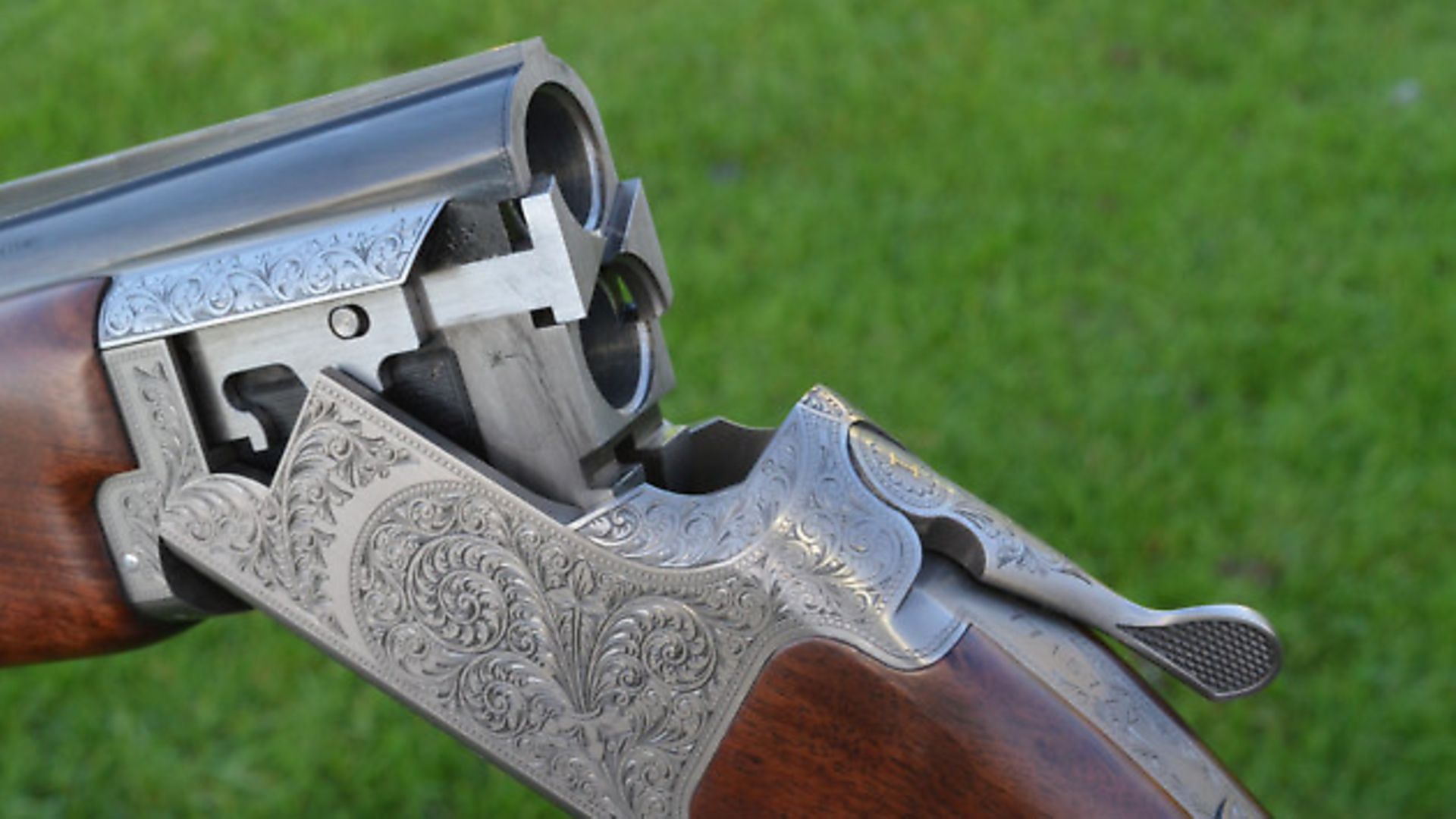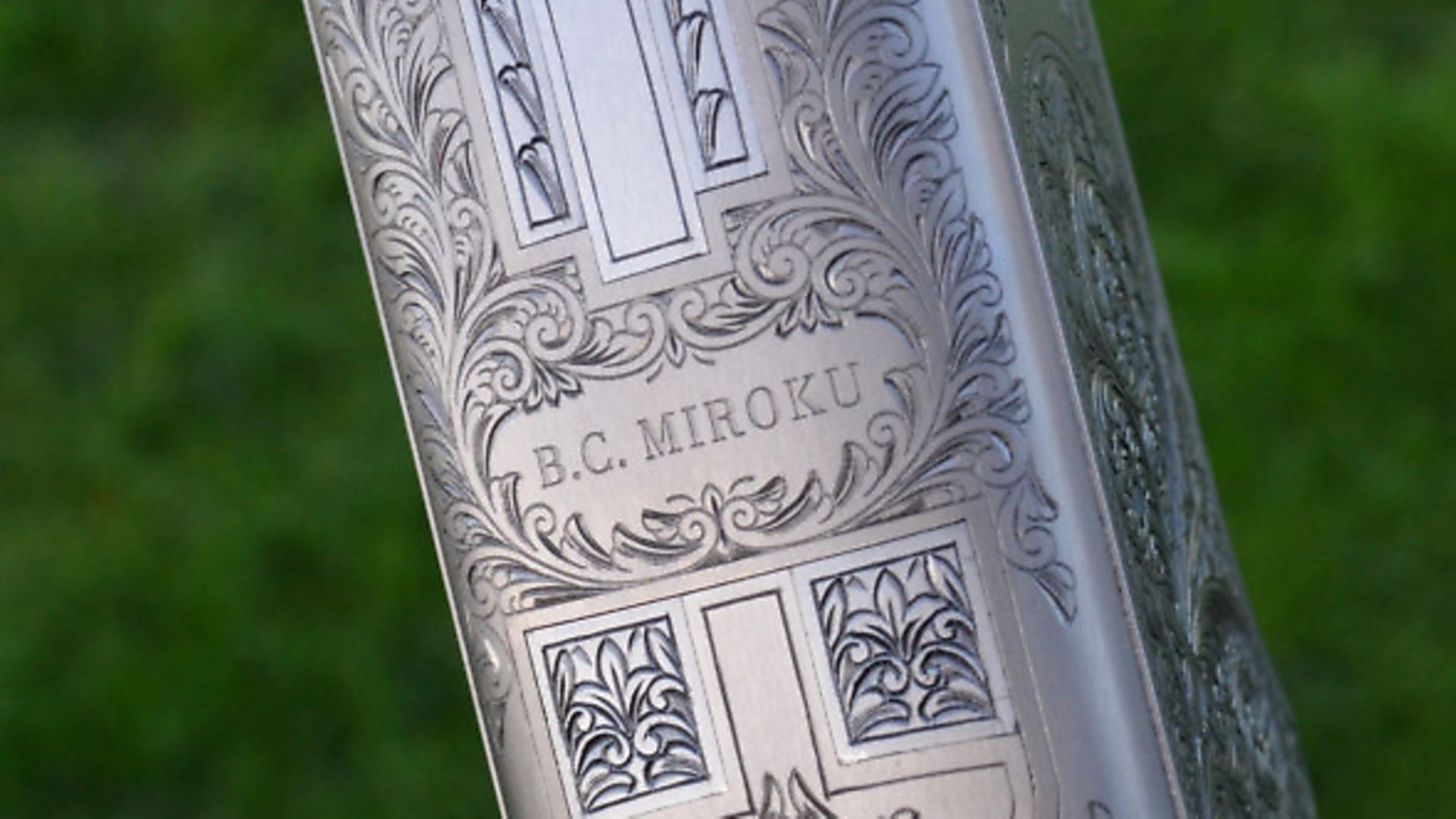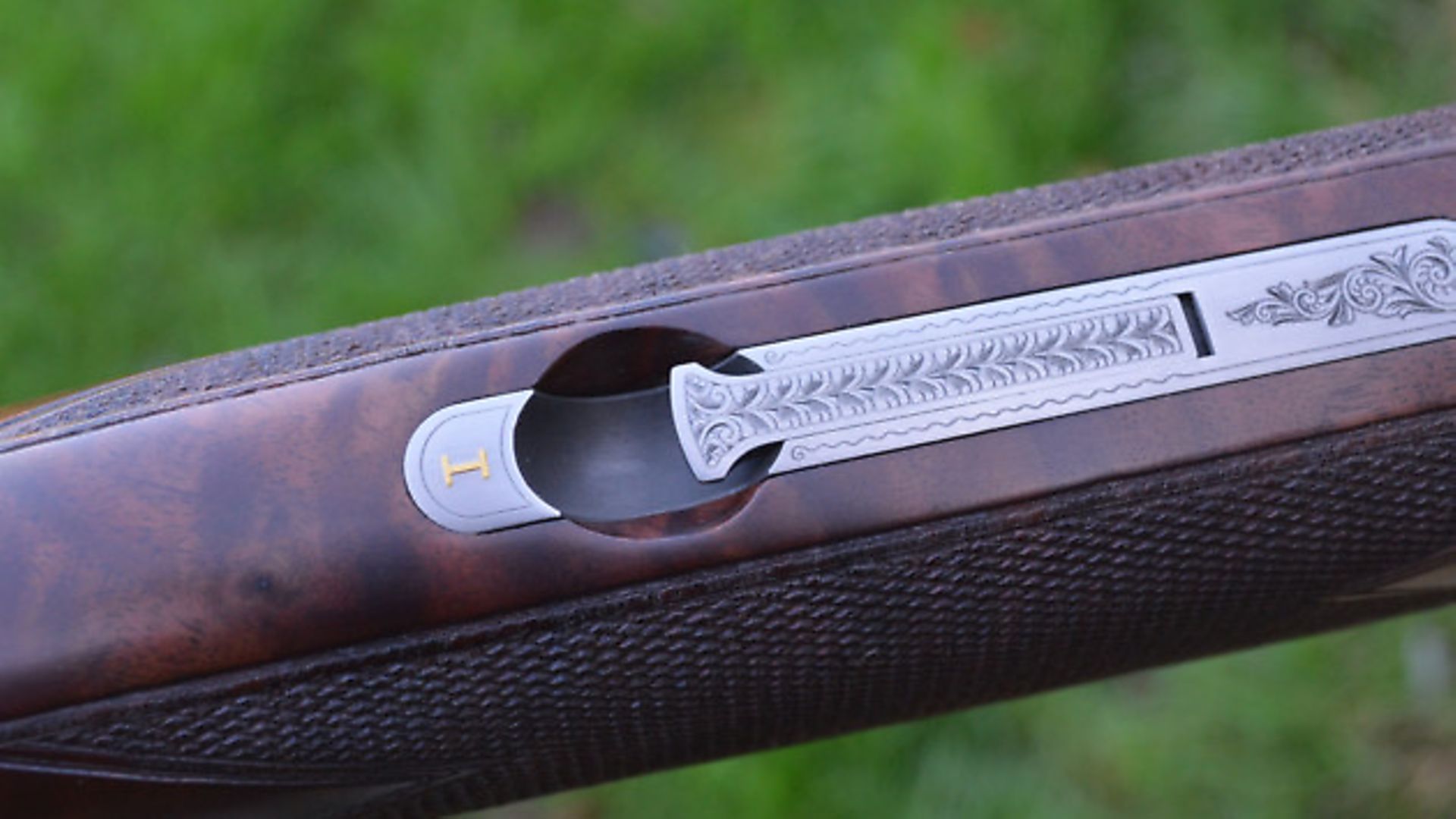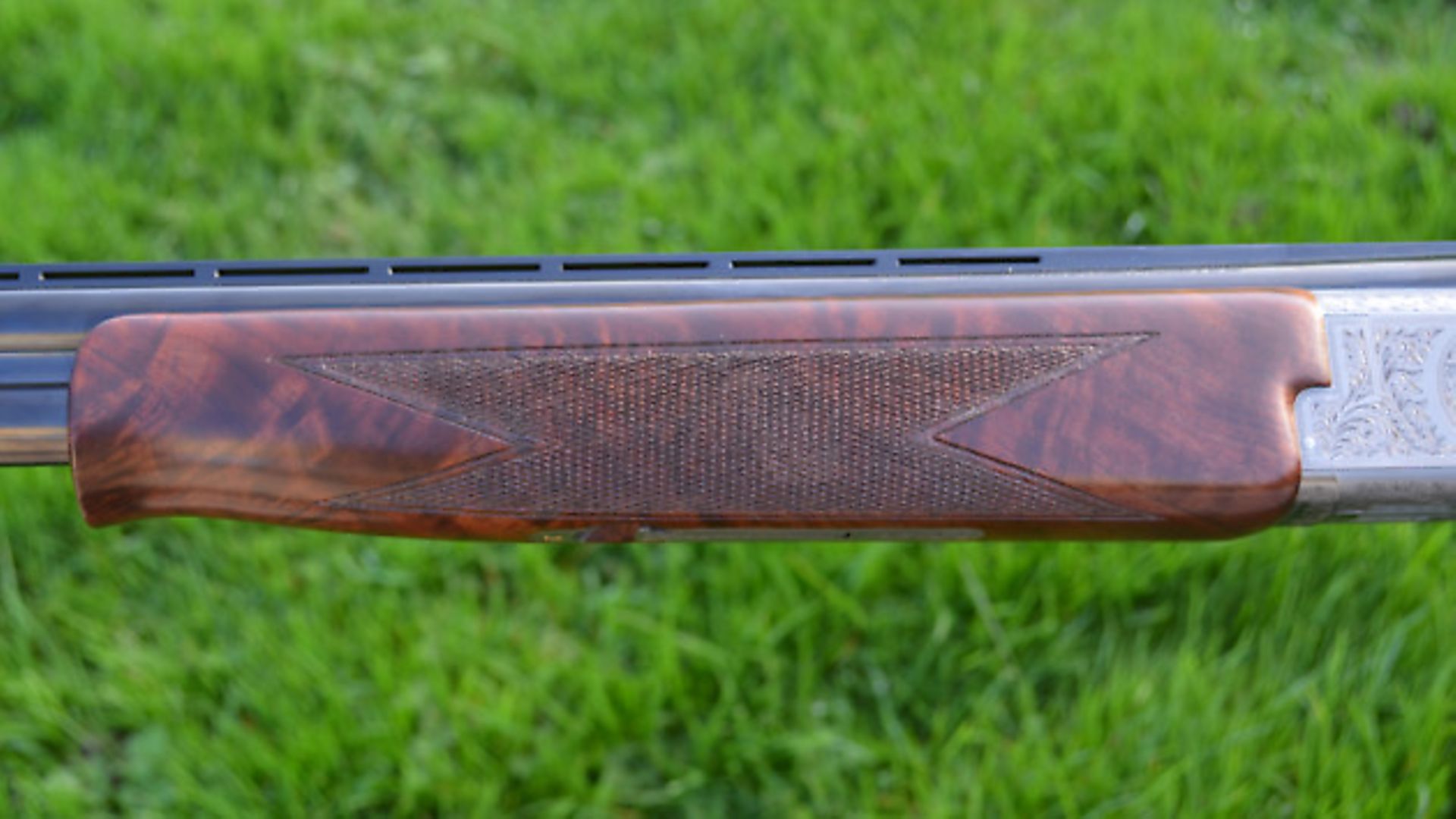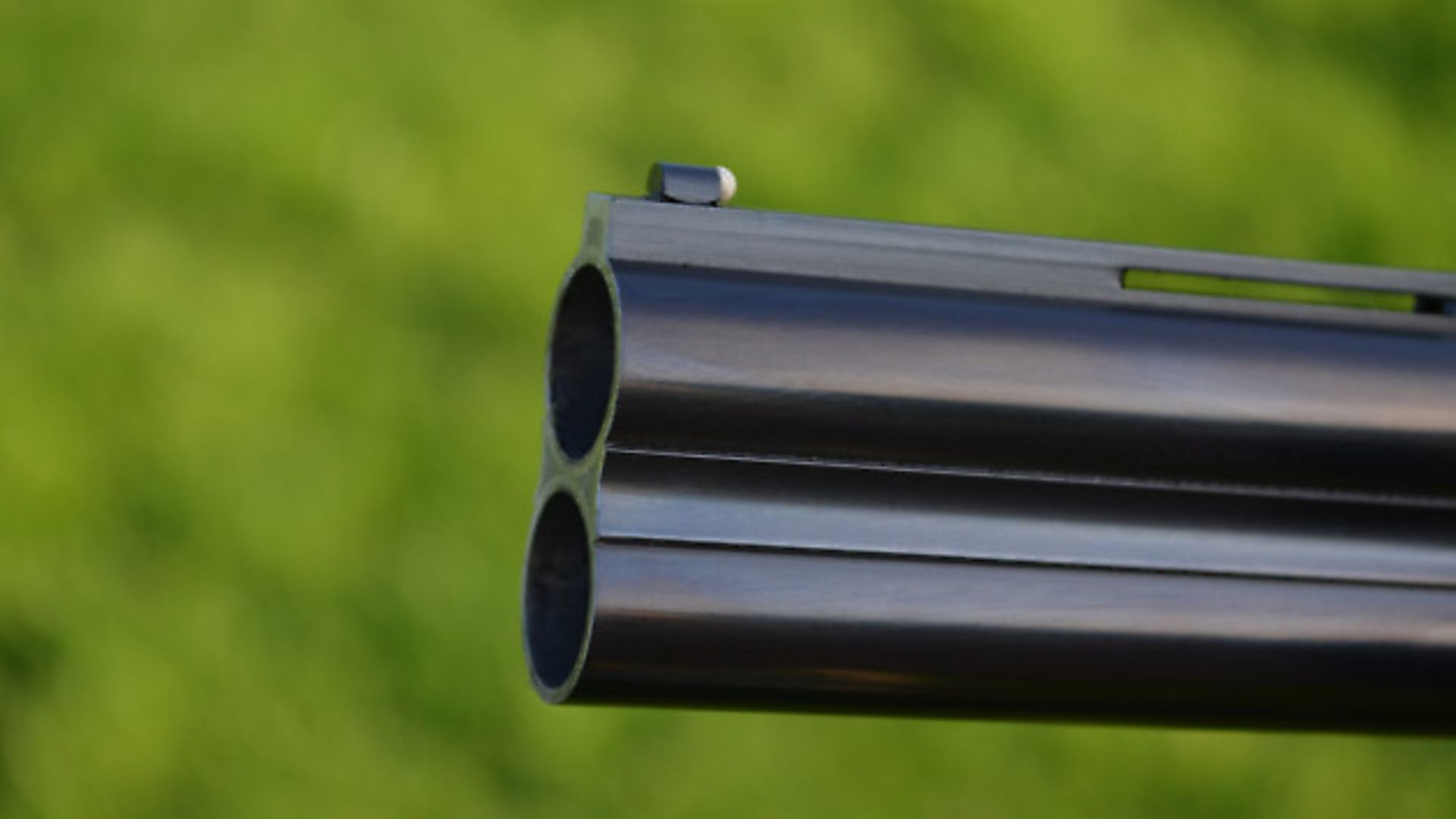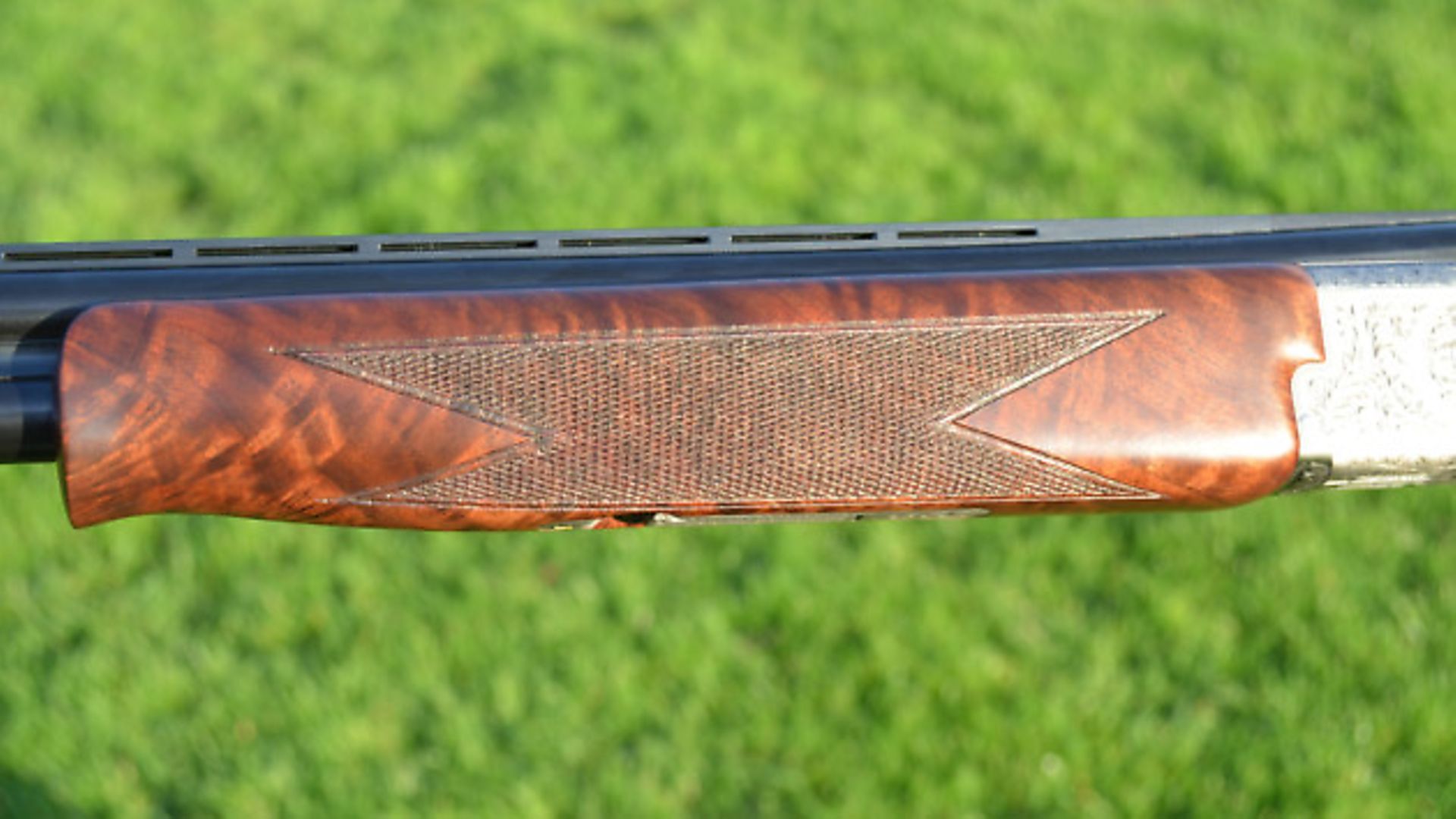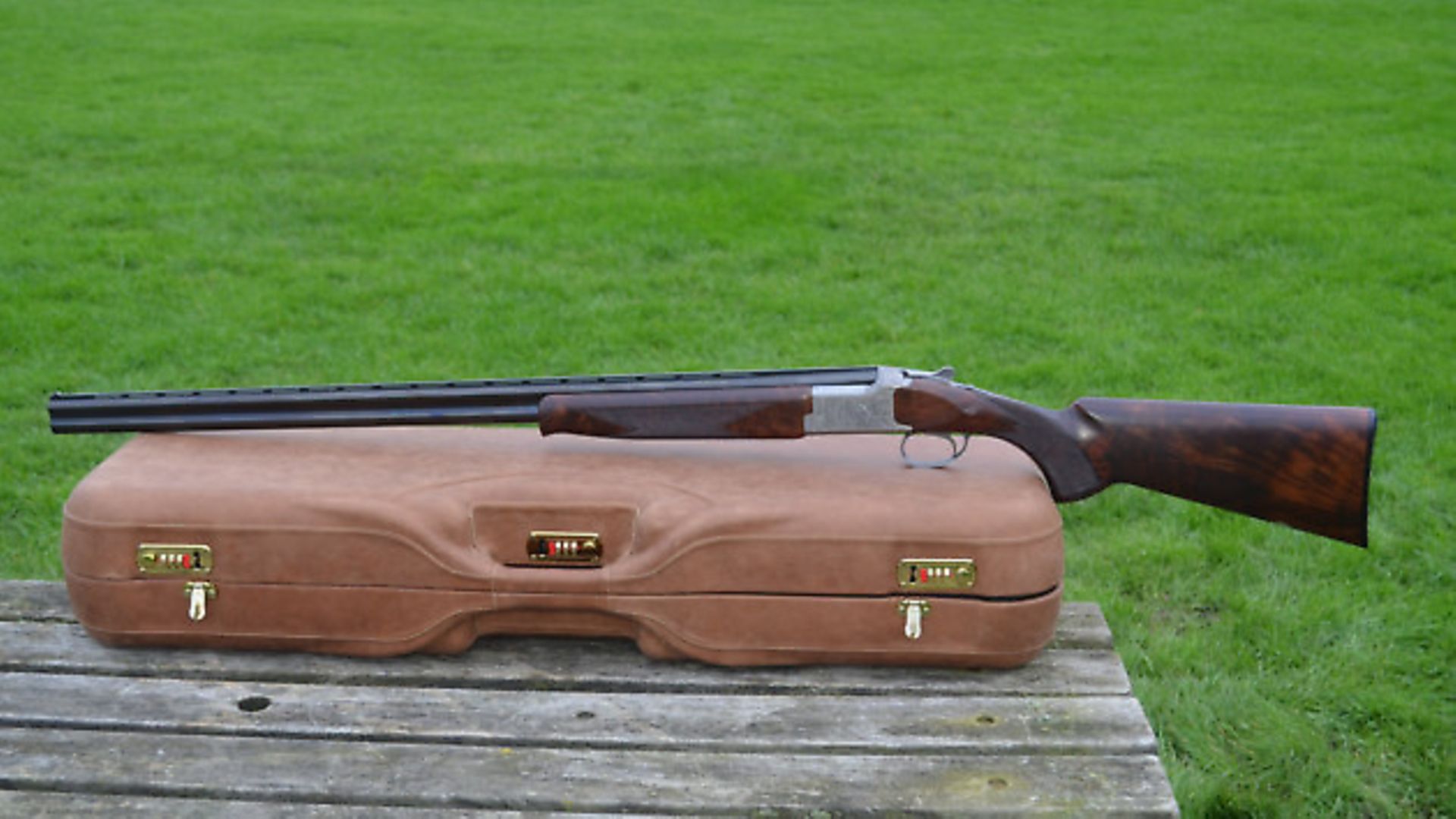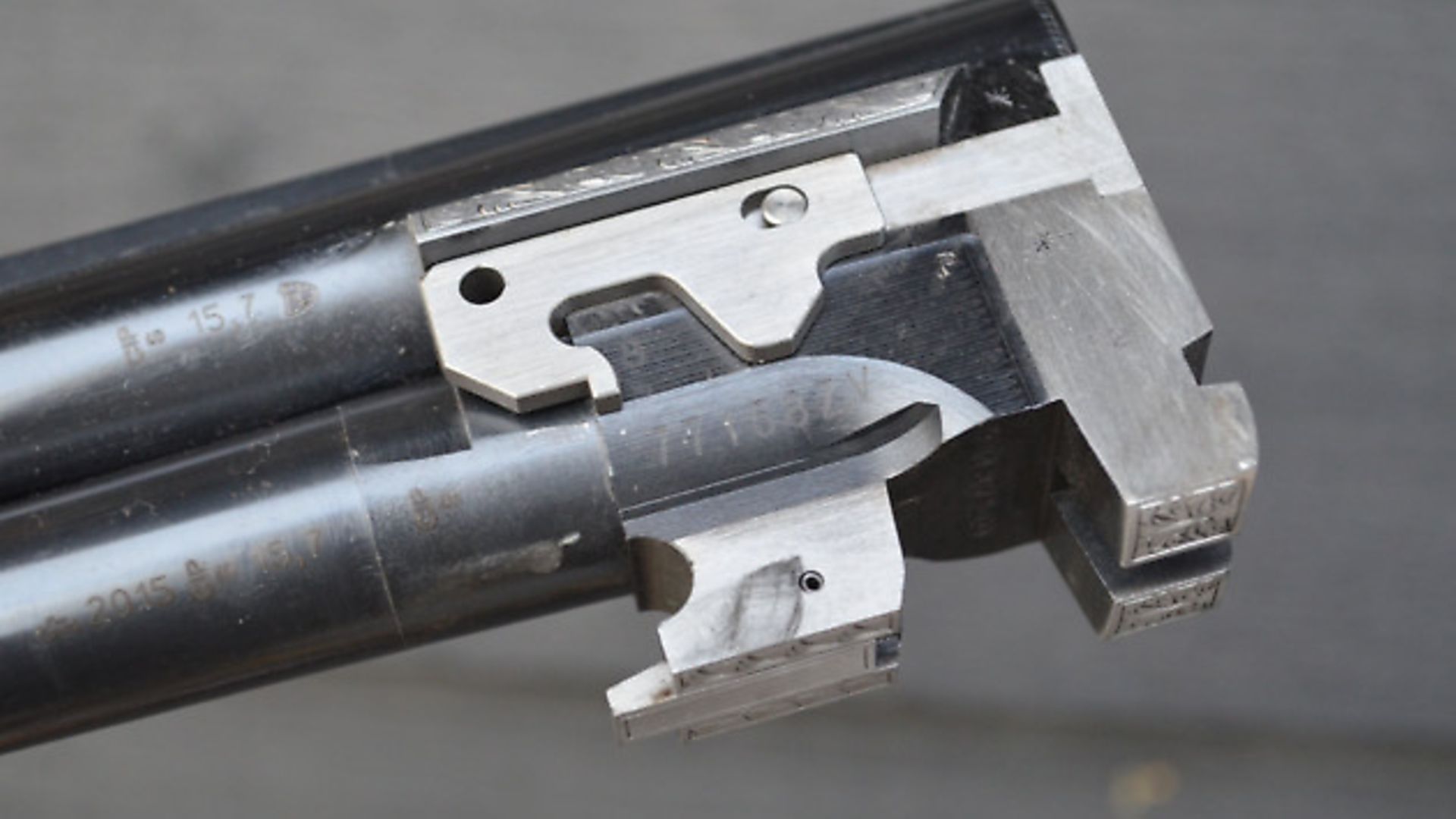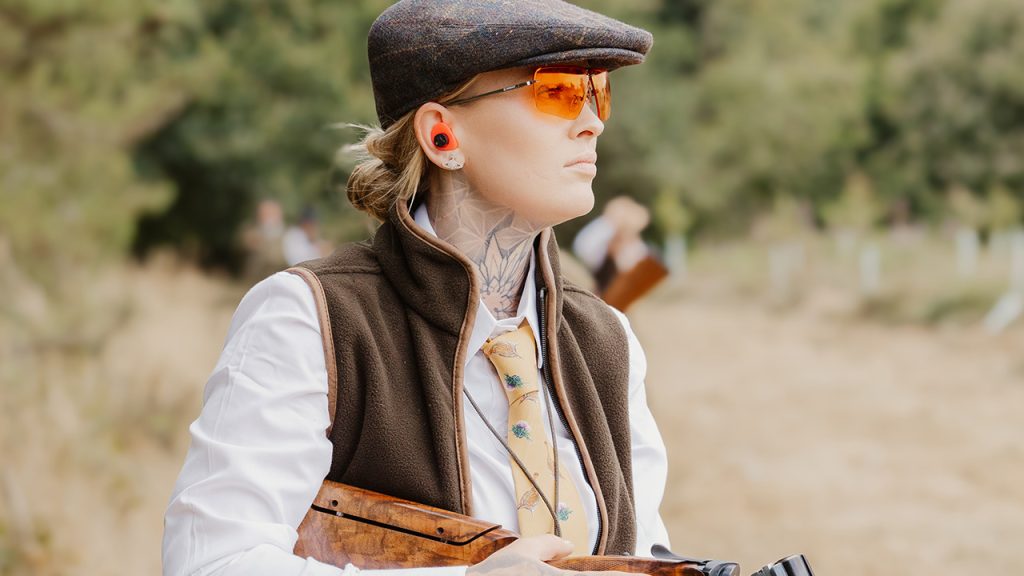Gun Test – Miroku MK60 20-bore
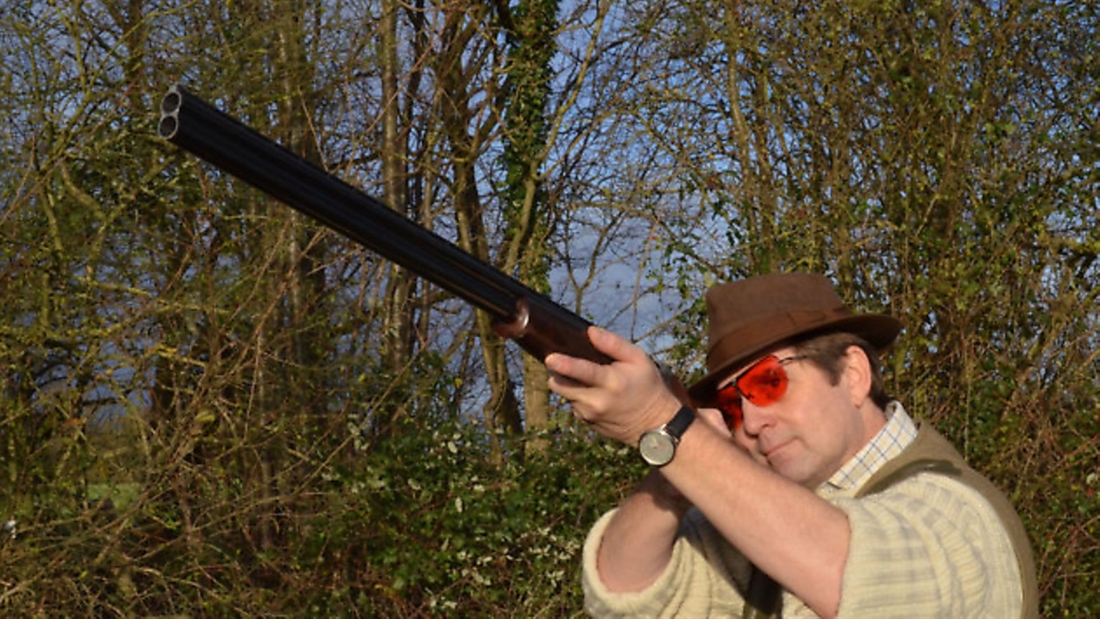
Mike Yardley tests this beautiful pair of MK60 20-bore shotguns by Miroku
We like:
The looks and engineering
The good handling
The great price for a bench-finished gun
We are not sure about:
The grip shape
Tech specs:
Make: Miroku
Model: MK60 20 bore
Barrels: 32” (30” available in this model too)
Chambers: 3”
Chokes: fixed (three-quarters and full)
Rib: 6mm ventilated.
Weight: just over 7lbs
RRP.: single gun £2,695, pair £5,800
The test gun, or rather, guns this month are a pair of 20-bore, 32”, Grade V, Miroku MK60 over-and-unders. Mirokus have always had a good reputation for both value and quality. Recently, though, they have been offering some brilliantly specified high-grade guns at especially appealing prices. The MK60 12-bore 32s really impressed when they appeared a year or so ago, as the MK38 (commonly used by high-bird specialists as well as clay shots) always had.
I had awaited the 32” MK60 20s with all the more interest because I shoot most of my game with 32” 20-bores – they seem to suit me better than 12s for driven shooting (but they also work for pigeons and walking up).
First impressions of our test brace of MK60s are good, too. They are presented in a smart double-leather case, and have richly figured stocks and hand-finished scroll engraving on bright polished actions. I should state at the outset that these guns are attainable too; the surprisingly reasonable RRP for a single gun is just £2,695, and double that plus £400 or so for the pair at £5,800. It is a lot of money, but not impossible money. You are paying extra on the pair, by the way, for gold numbering on the barrels and action – ‘I’ and ‘II’ – and the quality leather case.
The guns hit my scales at 7lbs 1oz, and 7lbs 3oz – I would say this is near perfect for modern, long-barrelled 20-bore over-and-unders. The guns are of elegant form, moreover, and well finished with lustrous blacking and traditionally oil-finished wood. If you had to be picky, you might say that although the wood-to-metal fit appears good, the chequering might be improved at its borders. But it all has to be put into the context of price. The barrels are chrome lined, have 3” chambers, fixed chokes – three quarters and full – and narrow but nice 6mm ventilated sighting ribs. The single triggers are inertia operated and the safeties, combined with a selector and mounted on the top, are automatic, as befits guns intended for field use.
The MK60s are stocked conventionally in typical Miroku/Browning style, with full but relatively slim pistol grips and no palm swells. Fore-ends are a classic Browning/Miroku schnabel. The stock, which had slight cast for a right-hander, measured 14¾” for length of pull. Drop was 1½” and 21/8”. Dix points. Although the stock dimensions were near ideal for a ‘shelf’ gun, I would have preferred a rounded fore-end and semi-pistol grip, as seen on the recent UK Game model Browning 725 (another cracker). I find the combination of a pommel grip and a slimmish, rounded fore-end works especially well on a game gun; a semi-pistol is easier to hold in a raised ready position without causing the wrist to strain. The rounded fore-end is practical too, as the hand may be moved forward if desired. Both are aesthetically attractive. At least the fore-ends here were fairly slim, without exaggerated lips at the front… did you know that ‘schnabel’ means beak?
As already noted, the test guns have fixed chokes – many people’s choice in a game gun. The tight constrictions allow for reduction and regulation if desired. Fixed chokes simplify cleaning and allow the barrels to be made significantly lighter. Guns with multi chokes frequently have the muzzles flared and made a bit thicker to accommodate them. This has some consequences for handling, though. Game guns, typically, need to handle faster than clay-busting machines. Dispensing with interchangeable chokes and reducing rib weight can be a means to achieve this, but it is worth noting that this can be taken too far, though that’s not the case here.
Technical
As many readers will know, the Miroku action is a slight modification of the Browning B25 – the last creation of gunmaking genius John Moses Browning (the detachable fore-end on the Japanese-made gun and trigger mechanism has evolved over the years). Legend has it that John Moses was working at the bench on the prototype of the B25 at the time of his death. It is certainly a classic gun design and has endured now for almost 100 years. The B25, or Superposed as it is also called (taken from the French ‘superposer’, meaning to place above), has lumps beneath the barrel and a full-width hinge pin. It still manages to be quite compact, however, and has influenced so many more recent designs. Lock-up is achieved by a full-width bolt which comes out of the bottom of the action, its faces engaging a long slot bite beneath the bottom chamber mouth. The trigger is well shaped, solid and, thankfully, plain steel (I am not fond of glossy gold-plated triggers). The action on this MK60 is quite boldly engraved and silver finished. Colour case hardening would suit these guns too, but might increase cost and complexity of manufacture (you do see it occasionally coming out of Browning’s Belgium workshop). n




